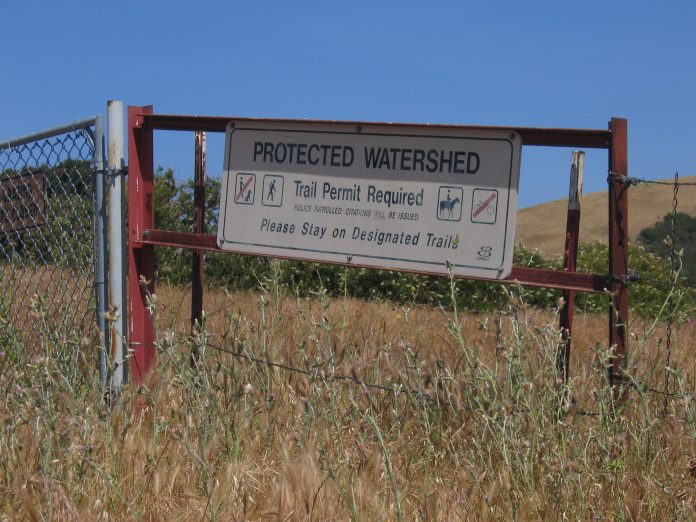A new global study has found that one in three large cities spend 50 percent more on water treatment costs as a result of damage to the ecological quality of their watersheds.
The study found that urban source watershed degradation is widespread globally, with nine in 10 cities losing significant amounts of natural land cover to agriculture and development in the watersheds that supply their drinking water. This has led to polluted water and an increase in water treatment costs that represent a liability in excess of US$100 billion (net present value).
“This increase in cost matters because increases in water- treatment costs are paid for by those living in cities, so watershed degradation has had a real cost for hundreds of millions of urbanites,” said Rob McDonald, lead scientist for The Nature Conservancy’s Global Cities programme.
Urban water treatment costs rise when the water quality at the source of a city’s drinking water is affected by how the land in the watershed is used. Intact forests and other natural ecosystems protect water quality in a way that farms and residential neighbourhoods cannot.
Estimating watershed degradation over the last century and its impact on water-treatment costs for the world’s large cities, was published in July in the peer-reviewed journal Proceedings of the National Academy of Sciences (PNAS), and coauthored by McDonald, his fellow scientists Tim Boucher and Daniel Shemie from The Nature Conservancy and colleagues from Yale and Washington State universities.
The study emphasises the critical role that nature can play in ensuring clean, safe drinking water with an analysis of new global data about the sources of cities’ drinking water and information about population growth and land use change over the period of 1900-2005.
“City leaders can use our findings to advocate for protecting their drinking water from contamination, rather than spending billions of dollars to clean it up,” McDonald said. “Cities can protect their watersheds and avoid treatment cost increases by planning for sustainable development that considers impacts on natural systems.”









